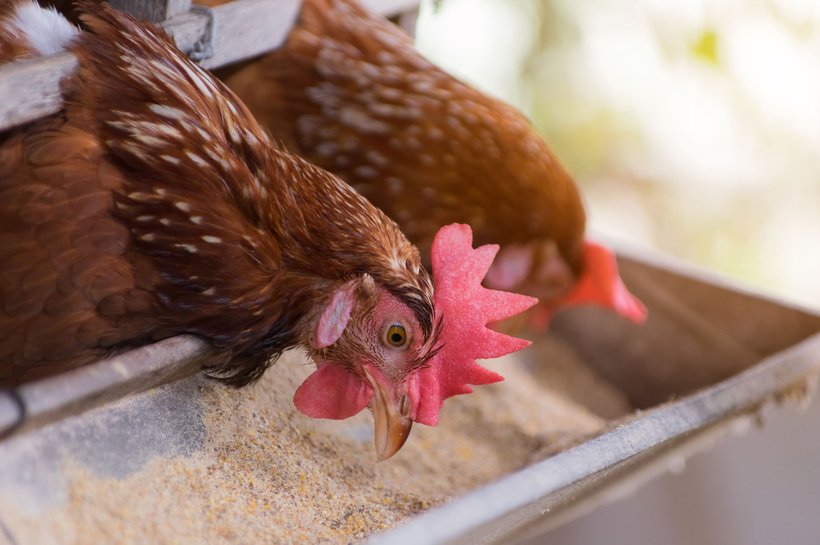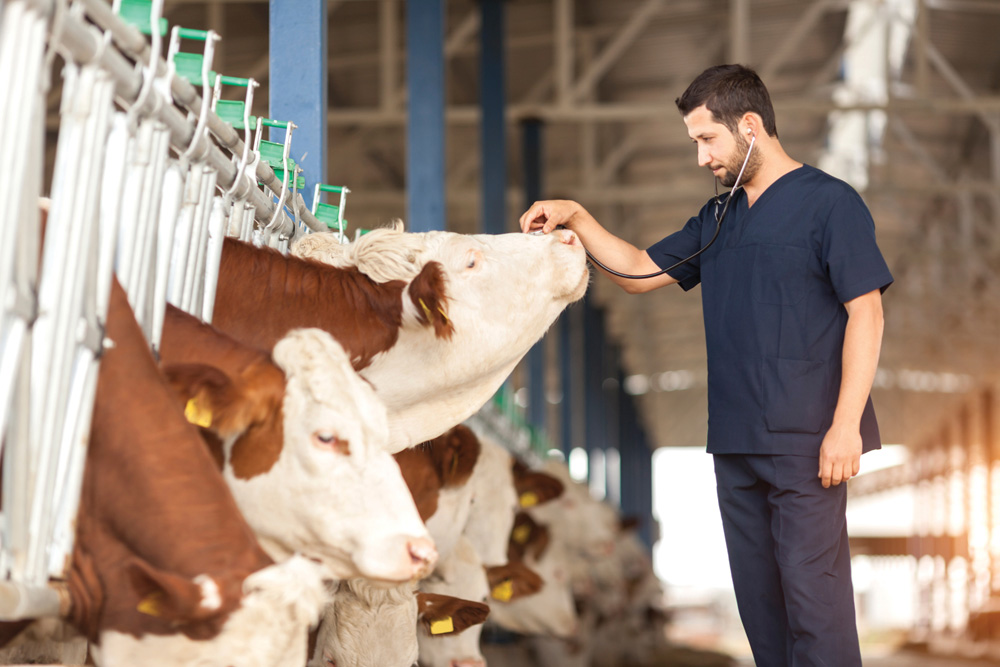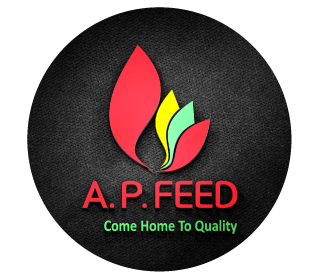Welcome to
Abdullah Poultry Feed Mill
Abdullah Poultry Feed Mill is dedicated for providing quality feeds to Poultry, Cattle, Quail and Dairy farming
AP Products
Abdullah Poultry Feed Mill (AP Feed) is a leading manufacturer of high-quality and nutritious poultry feed for chicken, broiler, layer, Sonali and cattle farming. AP feed formulations include a variety of grains, protein sources, vitamins and minerals, as well as additives such as probiotics, enzymes, antibiotics and coccidiostats. With strict quality control standards and optimal storage instructions, AP Feed is committed to providing safe and nutritious feed for healthy and productive poultry and cattle farming.
AP Management
We take great pride in improving the lives of individuals who raise & care for animals; Which was made possible with our dedication to & consistency in hard work.

Masudul Hasan
Proprietor

Merajul Islam
GM (Finance, HR & Compliance)

Abul Barat
Manager (Quality Assurance)
Sister Concerns




Our Blog

Historical Development, Poultry sector in Bangladesh
Historically, backyard farming provided the sole source of chicken meat and eggs in Bangladesh. Chickens were reared to meet family demands and productivity levels were low. The modernization of The poultry sector started around 1960 with the import of modern breeds, equipment and marketing Systems. From that point onwards, the Bangladeshi poultry sector gradually shifted towards a Commercial industry. Before 2000, commercial broiler and layer farms were dependent on imported Parent Stock (PS).

The poultry sector in Bangladesh
The poultry sector in Bangladesh plays an important role in the country’s economy and food security. Poultry farming is one of the fastest-growing industries in Bangladesh, with a high demand for chicken meat and eggs. According to the Bangladesh Poultry Industries Central Council (BPICC), the poultry sector contributes around 3.5% to the country’s GDP, with a turnover of around Tk 1,000 crore per month. The sector employs over 3.5 million people, including farmers, workers, and traders. There are both commercial and small-scale poultry

Animal Health & Disease control
The Bangladeshi commercial poultry sector experienced rapid expansion over the last years, however, poultry diseases constrain further development and hamper the industry’s productivity. During recent years, about 30% of the poultry flock in Bangladesh died annually due to several disease outbreaks. Many of these diseases also pose hazardous threats to human health. The occurrence of poultry diseases in an area depends on various factors such as the quality of monitoring of the bird population, Management practices, Geo-climatic conditions and
Awards & Certifications


